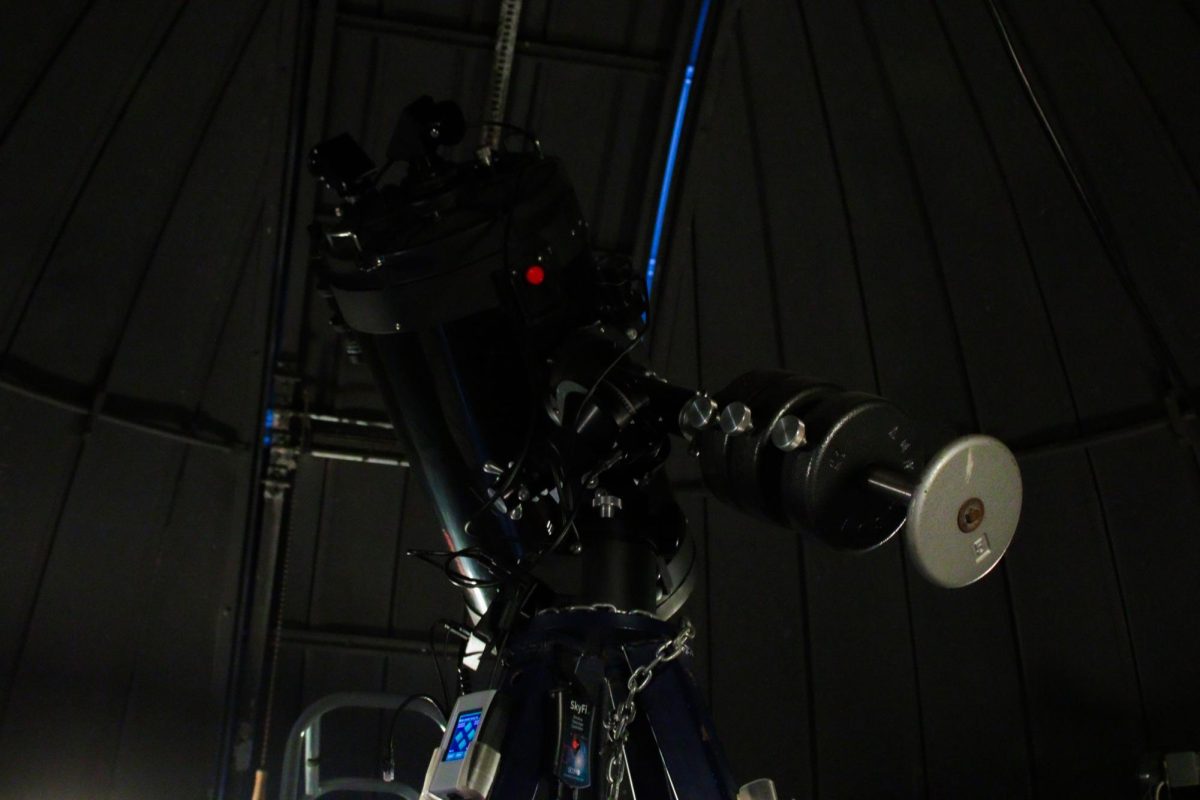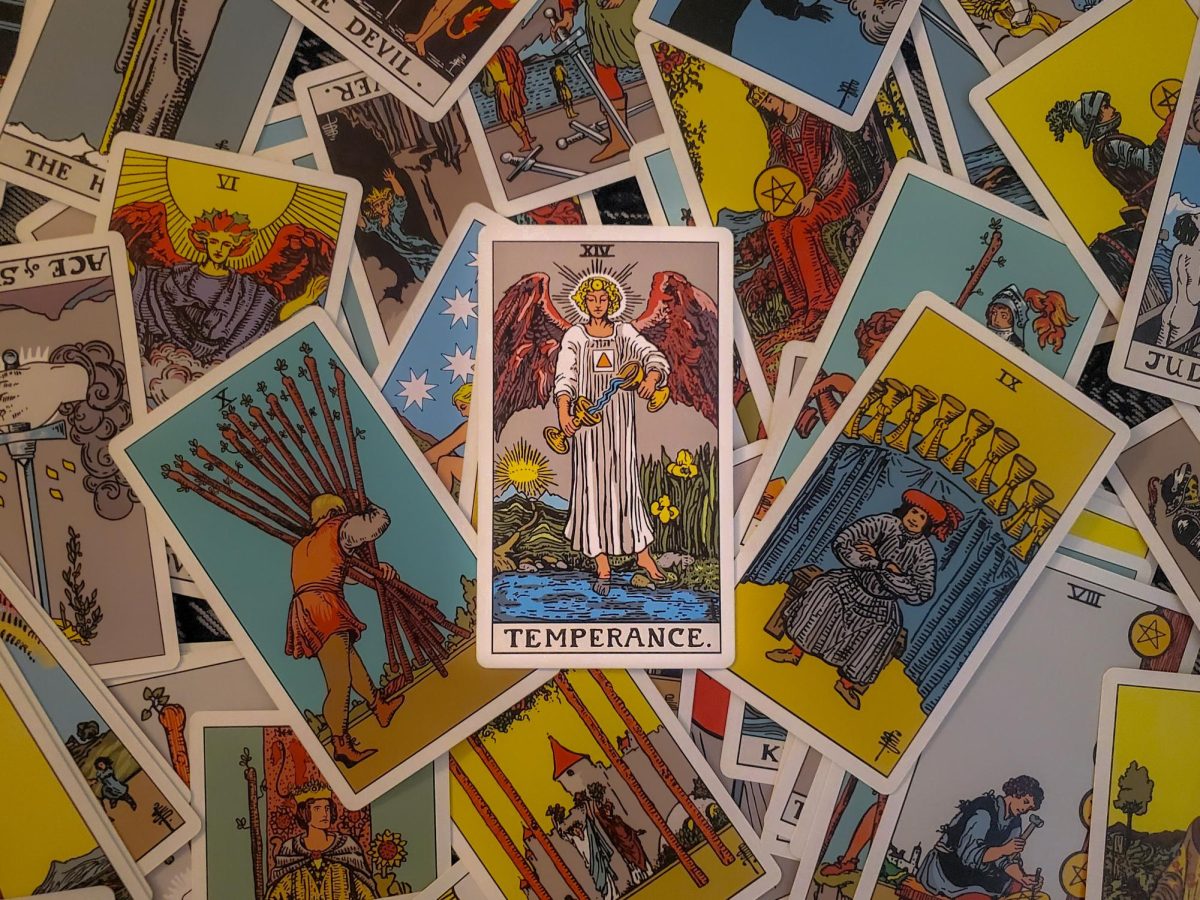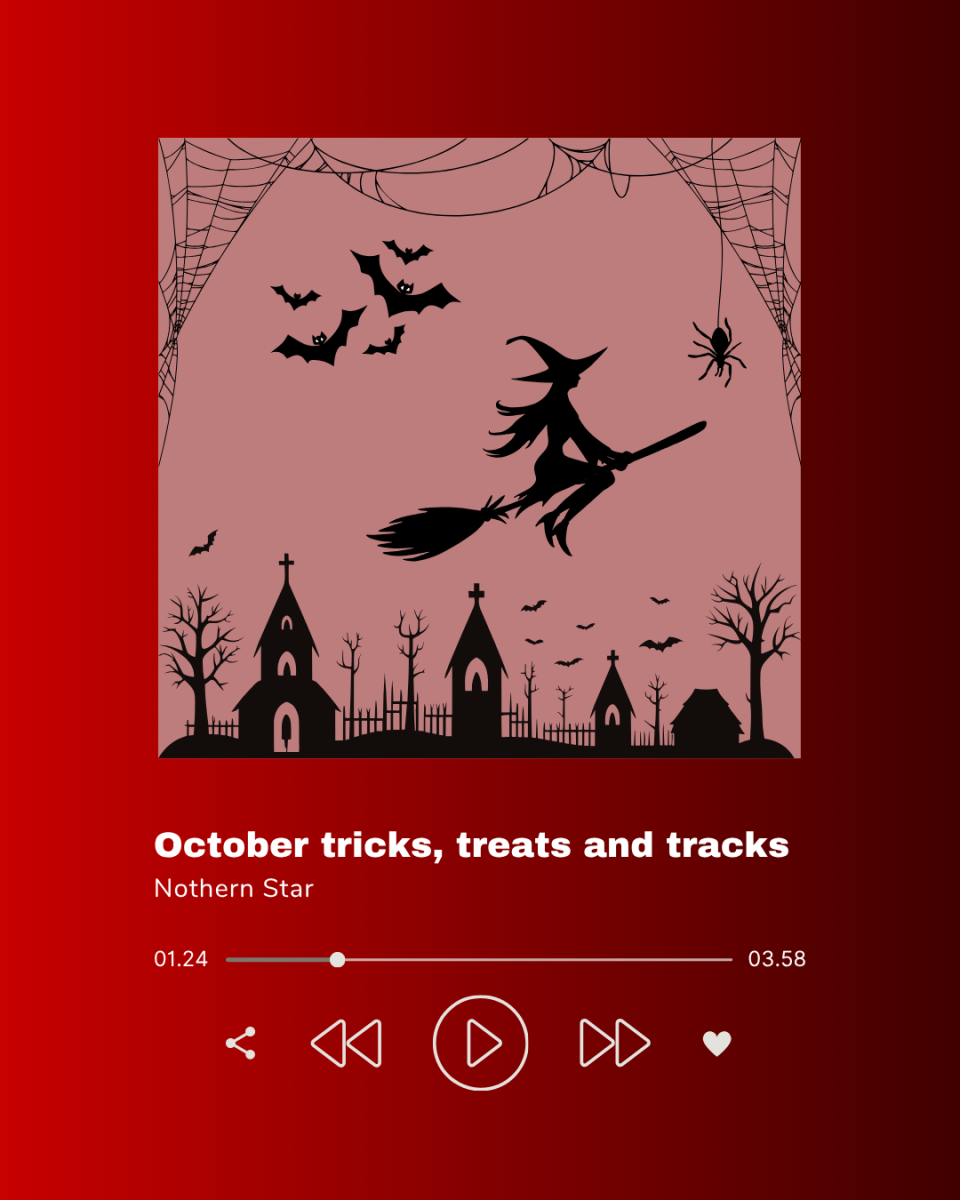Netflix released a four-part series of short films by Wes Anderson based on short stories by children’s author Roald Dahl.
Director of Academy Award nominated movies such as “The Grand Budapest Hotel” and “Fantastic Mr. Fox” Wes Anderson has been busy this year releasing four short films after his feature film “Asteroid City” came out earlier this June.
The films are titled “The Wonderful Story of Henry Sugar,” “The Swan,” “The Rat Catcher” and “Poison” and were released on Sept. 27 to Sept. 30, respectively.
Six central actors are featured in the adaptations: Benedict Cumberbatch, Ralph Fiennes, Dev Patel, Ben Kingsley, Richard Ayoade and Rupert Friend.
“The Wonderful Story of Henry Sugar” stars Cumberbatch as the titular character with Fiennes, Kingsley, Patel and Ayoade starring alongside. The story follows Henry Sugar, a rich bachelor who learns of a man who could see without using his eyes. Sugar decides to master the man’s techniques to cheat at gambling that he ends up earning so much money Sugar decides to throw his money off his balcony before using it to establish hospitals and orphanages until his death.
Rupert Friend makes his first appearance in the series acting as the narrator of “The Swan.” 13-year-old Peter Watson (Asa Jennings) is ruthlessly pursued by two boys with a rifle. The boys kill a swan before fastening the wings of the animal to Peter and forcing him to jump off a tree.
“The Rat Catcher” follows Ralph Fiennes as the Rat Man as he explains his methods for outsmarting rats when he is hired by a village to exterminate them.
The last film “Poison,” starring Cumberbatch, Patel and Kingsley, tells the story of a man trapped in bed in need of help from his associate and doctor when an extremely poisonous snake slithers on his stomach. The film ends with the trio discovering there was no snake to begin with.
Each adaptation follows a similar story-telling approach with one character narrating the story directly to the audience. Coupled with the dismantling and moving of set designs during setting changes instead of a traditional cut, this approach allows the viewer to feel they are in a book rather than sitting at home watching a movie.
Even simple uses of practical effects, like sitting on a box painted to look like the background to portray levitation, add to this storybook feel the films are trying to illustrate.
Wes Anderson’s signature style is apparent in each short film. His use of symmetry and rule of thirds can be seen in most of Anderson’s shots. The director’s love of varying color palettes can be seen consistently throughout the adaptations, and, when paired with his attention to detail in the background of the films, the viewer is immersed with each viewing.
No other director would be able to tell four captivating stories with stunning visuals like Wes Anderson, so give these short, sweet, films a watch.














